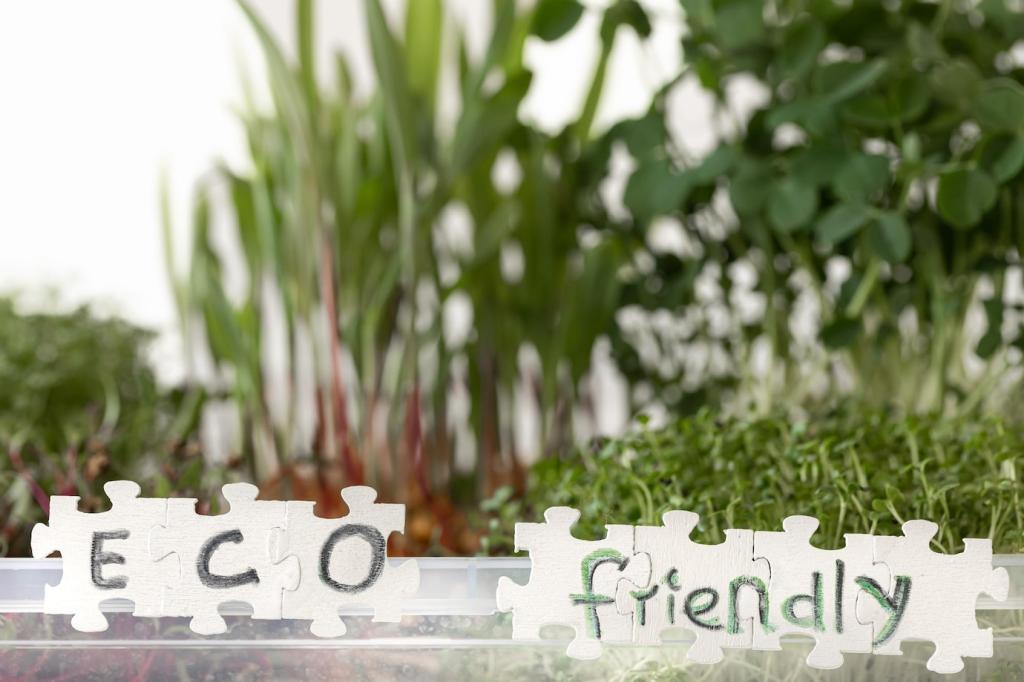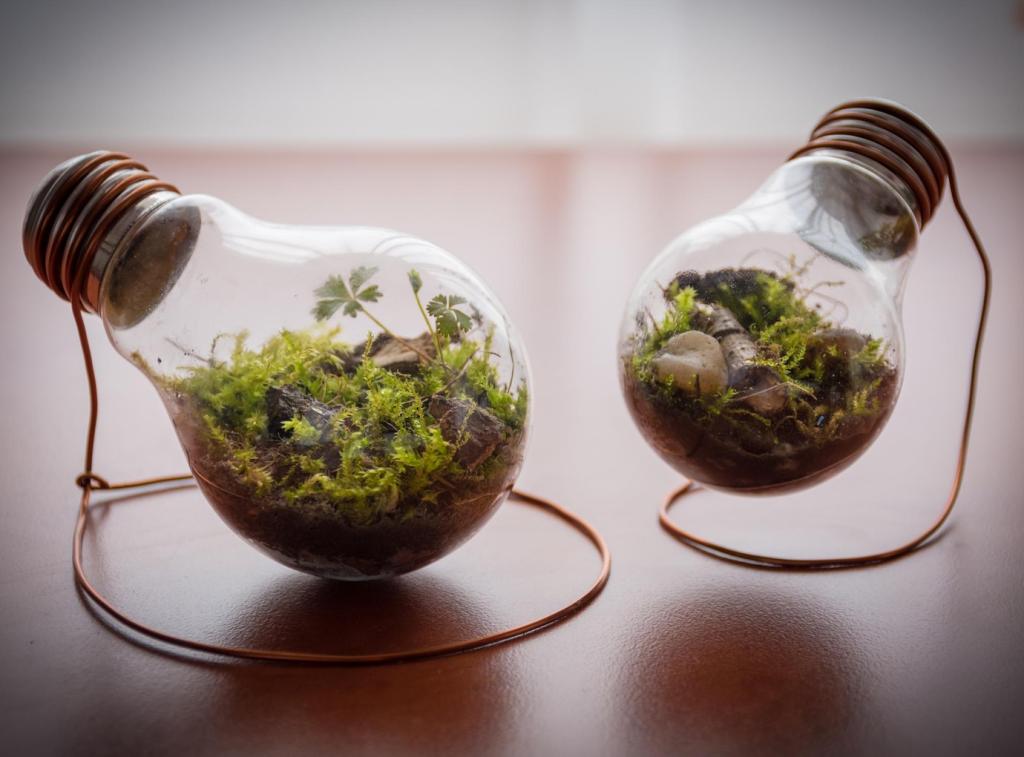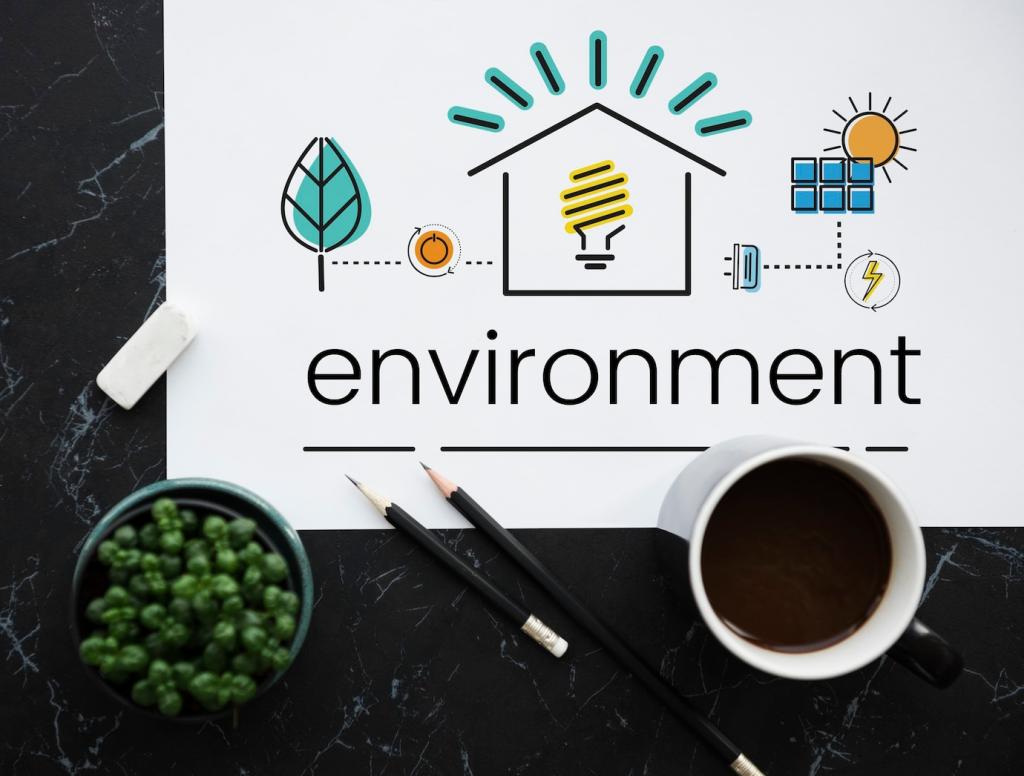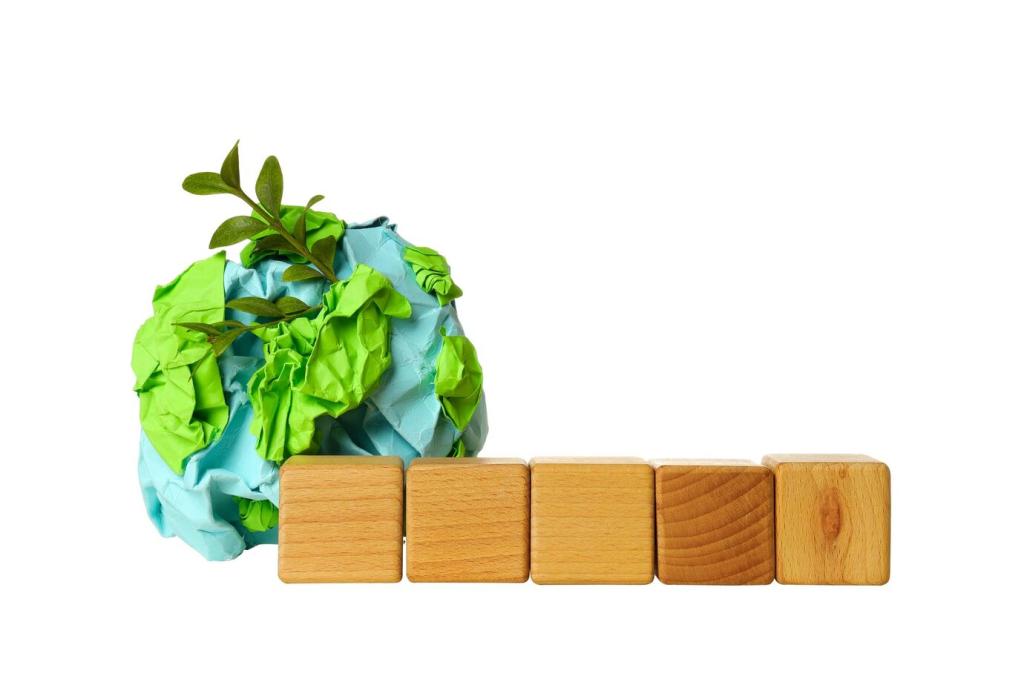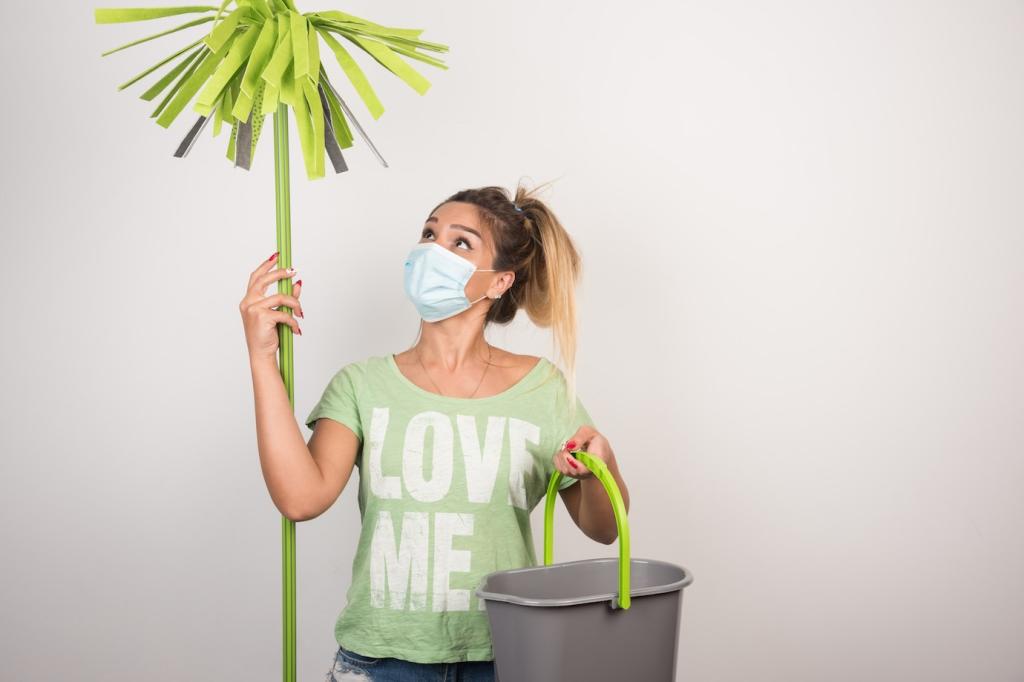Materials That Last, Sources That Renew
Responsibly harvested teak, white oak, and robinia (black locust) offer natural rot resistance without heavy chemical treatments. Ask suppliers for FSC or equivalent certification to ensure forests regrow. My neighbor’s teak table is on year sixteen; annual oiling kept it honey-gold and structurally sound—even after three hailstorms and countless family dinners.
Materials That Last, Sources That Renew
Rapidly renewable bamboo, when engineered for exterior use, provides excellent dimensional stability. Thermally modified ash reduces moisture uptake, boosting longevity while retaining a beautiful grain. Choose products built with low-VOC, formaldehyde-free adhesives. Comment below if you’ve tested thermally modified boards in high humidity—we’d love your field notes for our next comparison post.

